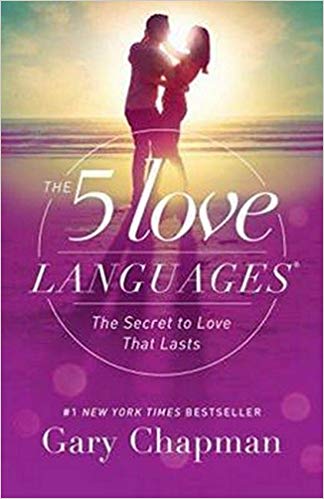

This article is an excerpt from the Shortform summary of "The 5 Love Languages" by Gary Chapman. Shortform has the world's best summaries of books you should be reading.
Like this article? Sign up for a free trial here .
Love is often described as a feeling, like butterflies in your stomach. But this is only a temporary state of love that usually ends with the honeymoon period. Afterward, love requires conscious effort and care to nurture the relationship and keep it alive. This gives rise to the idea, “Love is a choice, not a feeling.”
Learn more aspects to the idea that “Love is a choice, not a feeling” below. Learn what choosing to love means, and how you can put in deliberate effort to keep the love alive.
Relationship Problems: When the Honeymoon Is Over
Society is built around the idea that marriage is the ultimate culmination of love. This type of committed relationship feels necessary, even required for a happy life. Although there are many ways to be happy, many agree that a loving relationship is advantageous.
Keeping love alive is the topic of seminars, books, television, movies, and conversations with friends and family. Yet, the divorce rate highlights the lack of success many couples have in maintaining love after marriage.
- Many couples think that finding love is all there is to it.
- Or they don’t have the stamina or desire to do the work that keeps love romantic and fresh.
- Possibly, people don’t know what it means to be loving to their partners.
All of these contribute to marriage problems. If a long-term loving relationship is desired, learning how your partner understands and receives love is necessary. But first, you must understand the difference between falling in love and maintaining love.
Moving from Feeling to Choosing to Be in Love
If we accept that the newness of a relationship and love high are finite, we will be prepared for the moment that sensation ends. If we understand that falling in love will eventually lead to intentional love, we can avoid many pitfalls other couples fall into.
Intentional love means love created through deliberate effort. Keeping a healthy loving relationship requires fortitude and discipline. Love is a decision, not a reaction to an emotional stimulus. This is the heart of “love is a choice, not a feeling.”
A relationship requires us to grow out of our individual ego to understand and address our partners’ needs. We must actively choose to expend the energy to meet those emotional needs. We must understand that the more our partners’ needs are met, the more joy we will find in having learned to love them so well.
Although the idea of love as work is not romantic, it is impossible for lasting love to start until the euphoric love ends. For couples in long-term relationships, this fact is advantageous. If we know that real love begins once the love high ends, we will realize that staying in love is completely within our power.
Love, therefore, is not about chance or luck, but about an attitude of wanting to be loving. We know that when we find ways to express love, we are filling up our partners’ love tanks. In turn, we know that with a full tank, our partners will feel satisfied and stable in our relationships, and we will reap the benefits.
If we choose to love our partners, we must choose the right path to express that love. Whether that path is through Words of Affirmation, Quality Time, Receiving Gifts, Acts of Service, or Physical Touch will be dictated by our partners’ preferences. But once we know what that preference is and learn the intricacies of how to approach it, we can begin taking the right actions to intentionally show them love.
Choosing to Love
Understanding and speaking your partner’s love language is an active choice to communicate love. Love is always possible in a relationship, even one with many problems or past difficulties, if each partner chooses to create it. Love is a choice, not a feeling.
Keeping your partner secure and emotionally satisfied is possible with the love languages. If you want them to feel that way, you can make the choice to do so.
Love in a relationship is different than complacency or comfortable contentment. You can learn to adapt and live comfortably with anything in life. But if you want to experience real love, you and your partner will need full love tanks.
- Some of these languages will require effort, but if you believe your relationship is worthwhile, the effort will be rewarded.
When both people have full tanks, expressing and sharing love can become reciprocal and enjoyable.
———End of Preview———

Like what you just read? Read the rest of the world's best summary of "The 5 Love Languages" at Shortform . Learn the book's critical concepts in 20 minutes or less .
Here's what you'll find in our full The 5 Love Languages summary :
- How to figure out what your love language is, and what your partner's is
- Why arguments happen in relationships, and how to stop them
- How to speak the right love language, even if it's not yours






